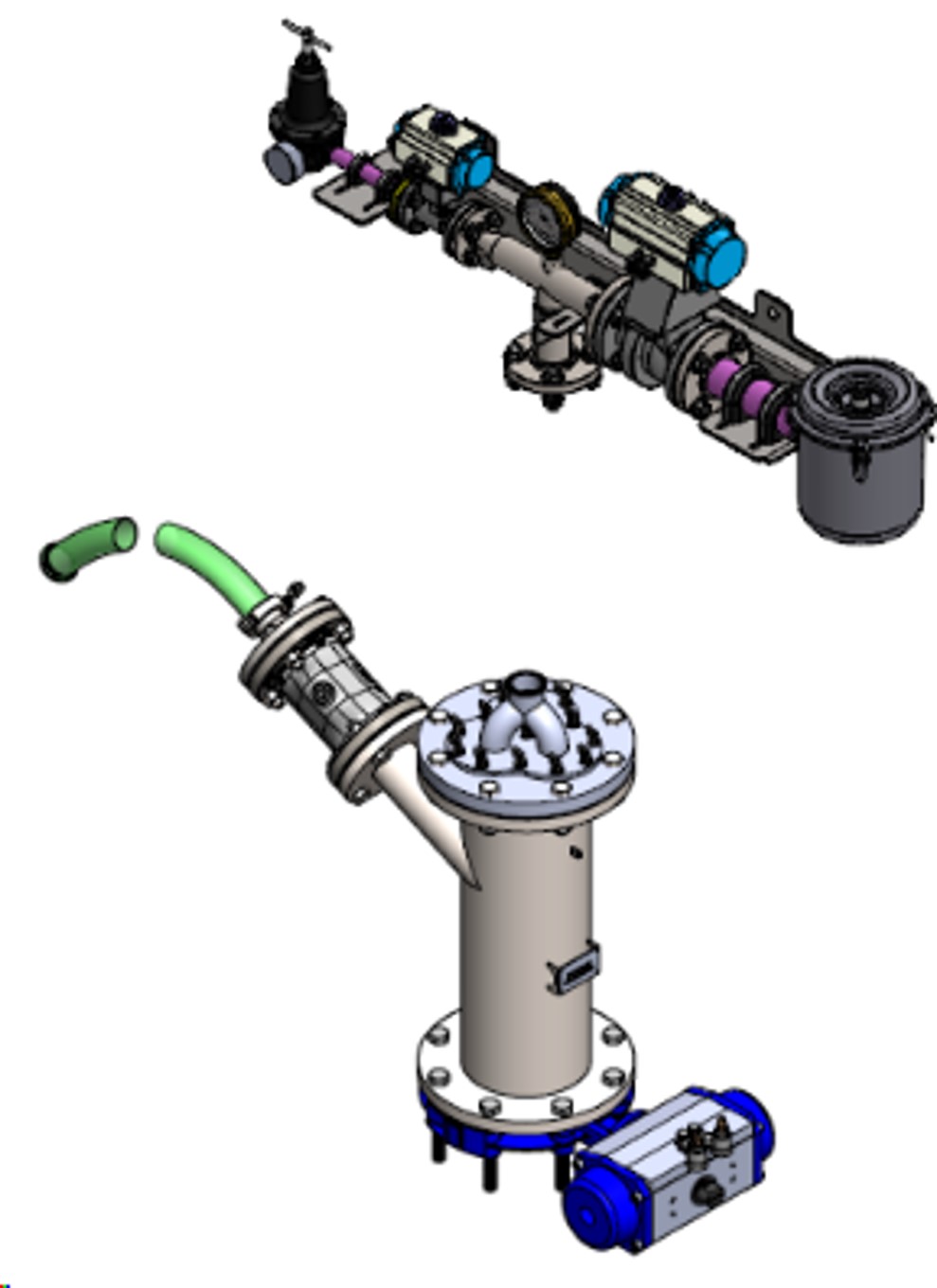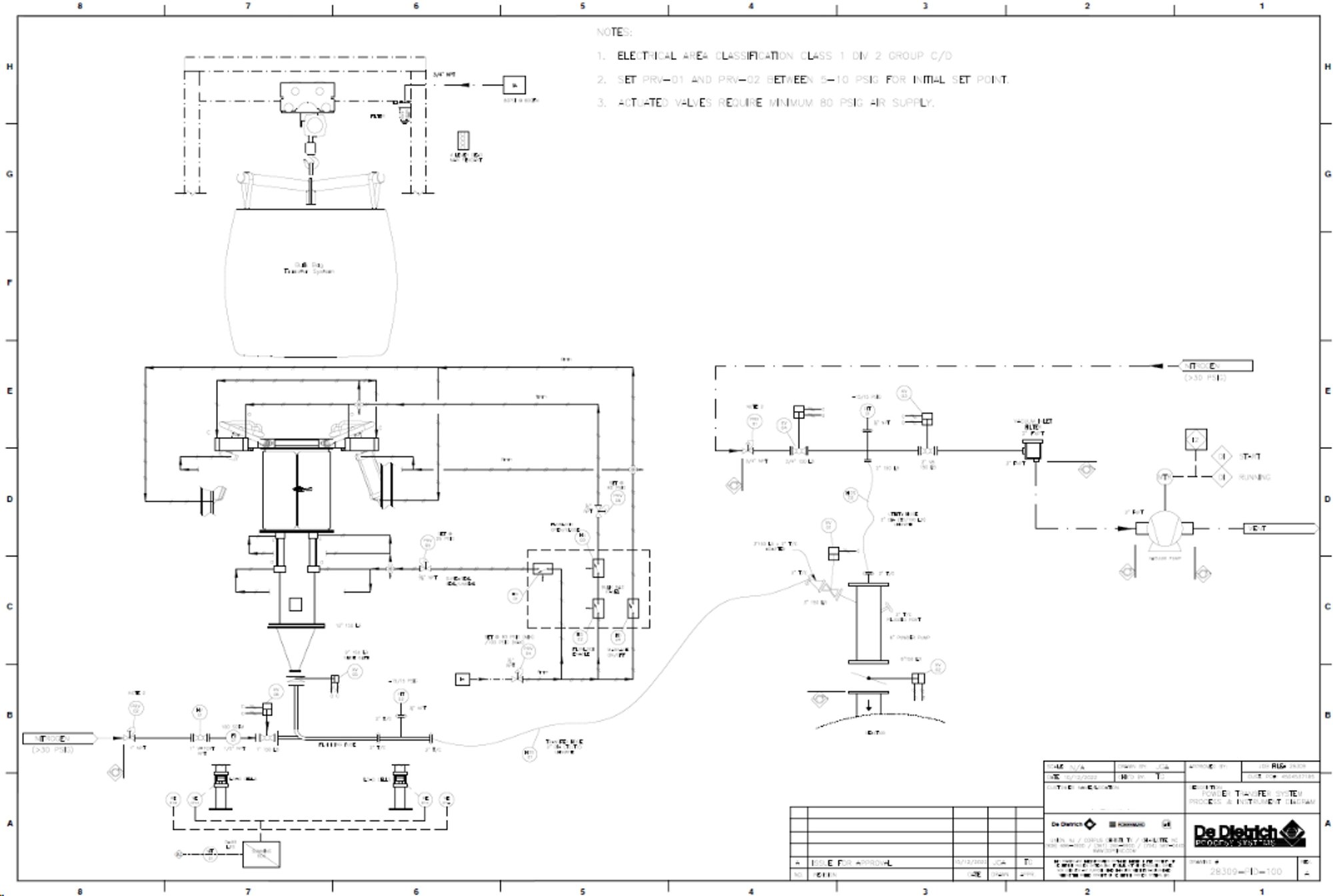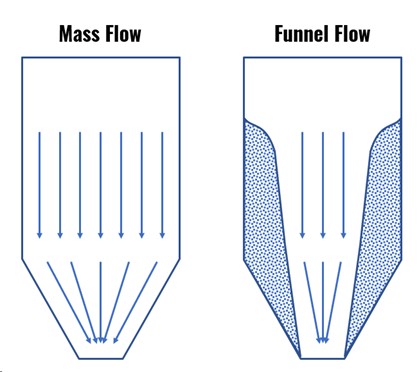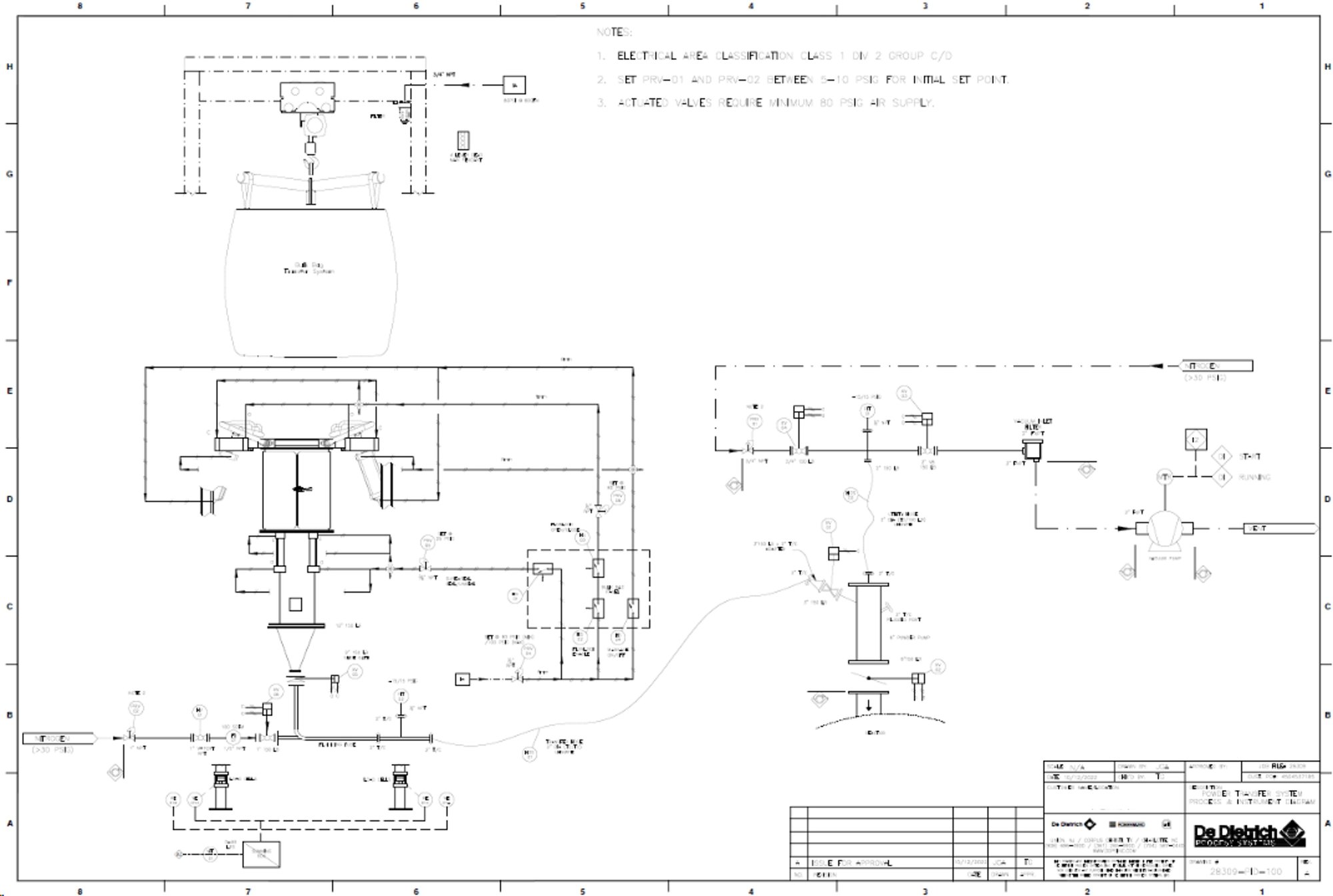- Systems
- Equipment
- Services
- Industries
- About Us
- Resources
- Contact Us
Transferring Zinc Oxide


When it comes to conveying powders, there is no “one size fits all”. Every powder or bulk solid has its own unique properties that affect its flowability. One characteristic of a material that can significantly affect how it flows out of containers or hoppers and conveys through a pneumatic conveying system is its cohesiveness.
The following case study will review a recent application involving dense phase vacuum conveying of Zinc Oxide (ZnO) from FIBCs (super sacks) into an agitated, glass lined reactor. ZnO, much like its more notorious cousin, Titanium Dioxide (TiO2), has a relatively high degree of internal cohesiveness which must be considered and addressed to successfully convey it.
The customer in this case study is a global leader in water and process management solutions with a focus on helping their customers minimize water and climate impacts worldwide.
As mentioned in the overview, De Dietrich Process Systems was tasked with conveying Zinc Oxide powder from FIBCs into an agitated reactor. Zinc Oxide, along with various other metal oxides, is well known for its cohesive nature and when these types of powders are handled in hoppers, flow problems such as bridging and ratholing can occur.
When bridging, also referred to as arching, occurs in a hopper, it is an indication the hopper’s outlet opening is too narrow, and the cohesive strength of the powder is great enough to support a stable arch across the opening.
When ratholing occurs in a hopper, it is an indication the outlet is incorrectly sized, and the hopper’s walls are not steep enough to establish mass flow. Funnel flow within hoppers can be employed if the outlet diameter exceeds the critical rathole diameter which can be determined by measuring the internal cohesive strength of the powder and the friction level between the solids and the hopper’s wall.

Image: Mass Flow Profile (left) exhibits uniform flow throughout the cross-section of a hopper. Funnel Flow Profile (right) exhibits preferential flow through the center. Funnel flow can sometimes lead to product separation or ratholing but can also allow smaller hopper footprints.
Another area of concern is material plugging in the transfer line. As you might imagine, if the powder has a cohesive strength high enough to cause arching or ratholing, then it will likely have enough strength to create plugs in the transfer line.
Lastly, consideration needs to be given to efficiently getting the material discharged from the super sack. Establishing flow for these types of powders can often require additional means to establish and maintain material flow out the bottom spout of an FIBC / super sack.
To address the problems above, DDPS provided a custom solution specifically designed to address each of the problems described above.
Hopper Flow:
Pneumatic Conveying Line Flow:
FIBC Discharge:
The system has been installed, started, and is currently operating with positive feedback. Despite the cohesive nature of Zinc Oxide and the flow issues it presents, DDPS has shown that dense phase vacuum conveying systems can be custom designed to address them. At the end of the day, using shear cell testing methods to determine the cohesive strength, friction properties and compressibility of a product is critical to ensuring its operating success.
Please keep in mind there are other important product characteristics that must be considered when designing systems to handle bulk solids/powders. For more information about some of these, check out this blog post.

DE DIETRICH PROCESS SYSTEMS is the leading global provider of Process Equipment, Engineered Systems and Process Solutions for the fine chemical, chemical and pharmaceutical industry.
Quick Links